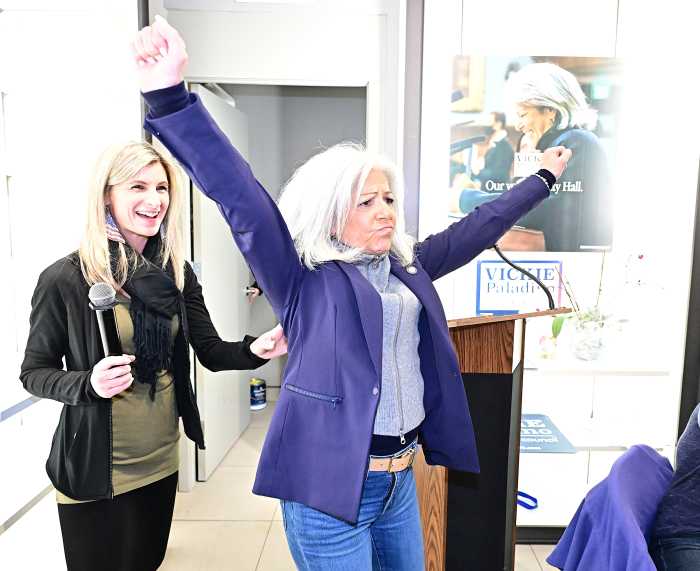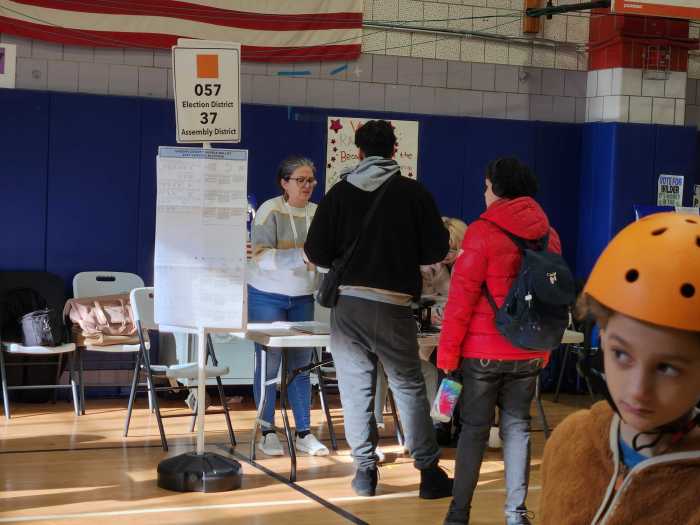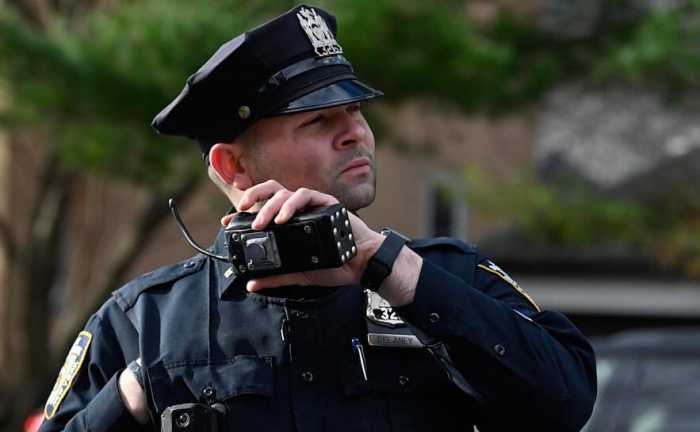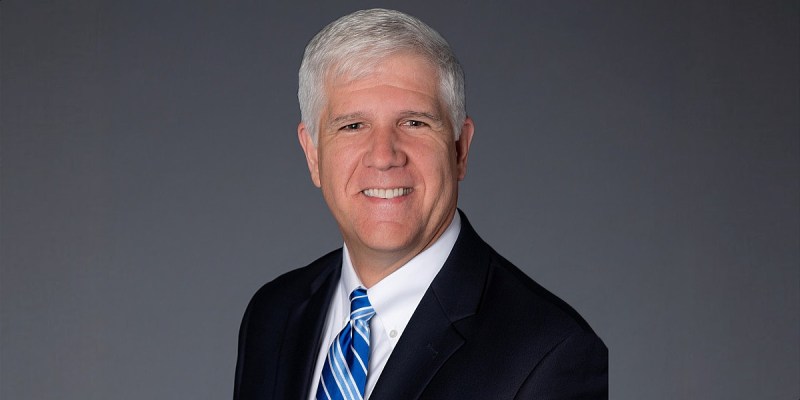POLITICAL NEWS Analysis
(AP) Gov. Andrew Cuomo picked a fight last week with what has long been Albany’s most powerful force: public schools.
In his State of the State address, he accused teachers’ unions, school boards and school aid lobbyists of being more interested in adults than children.
“We need major reform,” he said last Wednesday, Jan. 4. “We need to focus on student achievement. … We’ve wasted enough time.”
In their best Robert DeNiro, they shot back: “You talkin’ to me?”
In the balance could hang whether the poorest school districts, mostly in larger cities and in rural areas, will get a larger share of state school aid. That had been the case for most of the past decade after the state’s highest court found New York failed to adequately fund education for years. But not last year, in Cuomo’s first budget.
Instead, he gave poorer, needier districts about the same percentage of aid compared with what wealthier, higher-performing districts got, rather than a larger share. Cuomo’s close ally is the Senate Republican majority and many members represent wealthier, top-performing districts on Long Island and in suburbs that have been forced to raise already high school taxes.
“We took a huge step backward in last year’s budget,” said Billy Easton of the Alliance for Quality Education, which lobbies for school aid. “The poorest districts lost not just the money, but they lost the most in their classrooms.”
AQE, teachers and school boards say they are waiting for details to Cuomo’s plan, and hope he seeks their input in making reforms.
If Cuomo follows through on his plan to “overhaul” education and its funding, the state’s poorest districts, hit hardest by recent losses of more than $1 billion in state and federal aid, could again miss getting a larger share of the $800 million addition tentatively agreed upon for the 2012- 13 state budget.
But throwing money at a problem doesn’t work, Cuomo says. He repeatedly says New York is first in spending on schools, but 34th in performance. That’s using highly selective data, but much of the evidence at least raises the question.
“The only group without lobbyists are the students,” Cuomo said in his State of the State address. “I’m also going to be the student lobbyist. And we’re going to have to take a fundamental look at what we’ve been doing, because the purpose of public education is to help children grow … not to grow the public education bureaucracy.”
He aims at some of Albany’s biggest lobbyists, including the New York State United Teachers union that spent $4 million on lobbying in the first 10 months of 2011 and the United Federation of Teachers, which spent $1.2 billion over that same time frame trying to influence how the more than $20 billion a year in school aid is spent.
Cuomo announced he’ll create a commission to “really come up with an overall plan for our education system.” He wants the focus on improving student performance, likely with competitive grants. In hard fiscal times, Cuomo wants to end simply increasing spending, more than 70 percent of which goes to salaries and benefits.
He’s not saying specifically how he or the commission would do that,
–SEE ANALYSIS ON PG. 30- but some details are expected in his Jan. 17 budget proposal.
Since 1784, that job has been the responsibility of the Board of Regents by enforcing higher standards and accountability, often over the objection of public schools and unions. Its members are chosen by the full Legislature, dominated by Assembly Democrats. The Regents choose the state education commissioner, currently the aggressive John King.
Last week, King suspended millions of dollars to 10 school districts for failing to meet a deadline to agree on tougher evaluations for teachers and principals.
“We were the bad guys in the speech,” said Suzanne McLeod, superintendent of Union-Endicott Central School District, a well-regarded suburban district in Broome County. “I’m going to tell you, I’m hurt,” she told the Binghamton Press & Sun- Bulletin.
Allen Buyck, superintendent of the Broome-Tioga Board of Educational Services, called Cuomo’s comments “broad and hollow.”
They are among the superintendents who have juggled funding cuts and rising salary and pension costs by cutting 20,000 teaching and staff po- sitions over three years among more than 220,000 teachers. Meanwhile, Cuomo spent his campaign vilifying superintendents for their six-figure salaries.
Creating a boogeyman of greedy educators and their unions is a longrunning show in Albany. But polls show New Yorkers don’t buy it.
“School board members are lobbyists for students,” said Timothy Kremer of the New York State School Boards Association. “The decisions school boards make are not about advancing the interests of adults, they are about building the future for children.”
That’s part of one of Albany’s most-used adages: It’s all about the kids. Teachers unions, superintendents, school aid advocates and politicians have used it for years, as lobbying and campaign donations have risen faster than test scores.
“Governors have traditionally looked to wrench some of the power away from a historically and constitutionally independent education department, and whether that’s the right thing or the wrong thing to do, Gov. Cuomo sees the same need,” said Richard C. Iannuzzi, president of NYSUT since 2005-four governors ago.



































